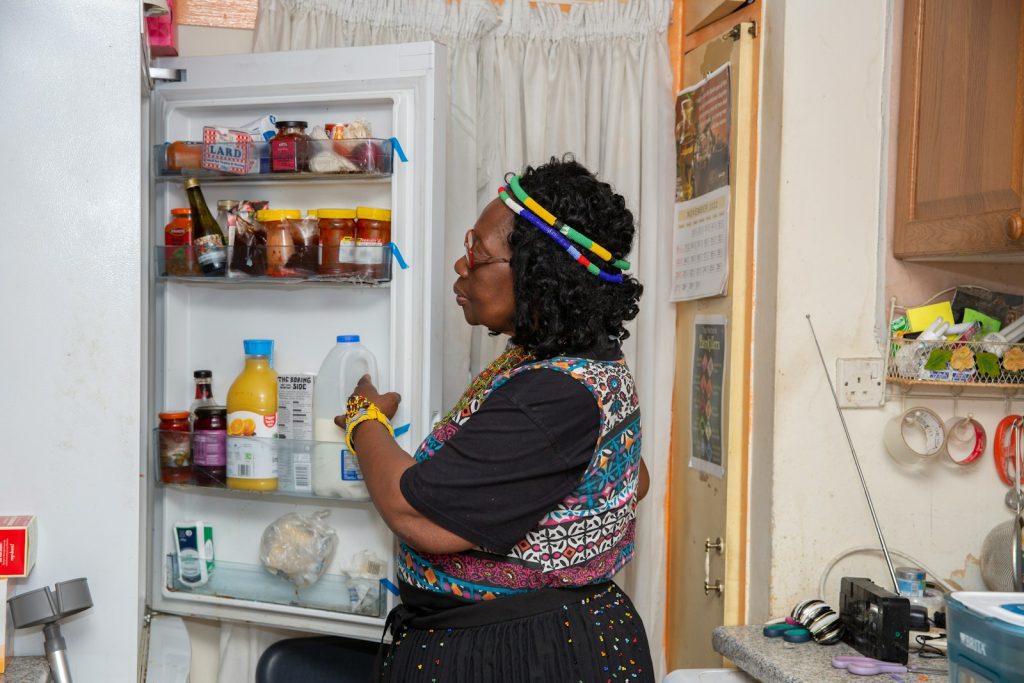People from different generations often remember the same events or experiences in unique ways. These differences can affect how you communicate and relate to others across age groups. Understanding these variations can help you navigate conversations and build stronger connections with people of all ages.
12 Things Generations Remember Differently explores the ways in which memories vary depending on the generation you belong to. This insight can give you a clearer view of why perspectives may differ and how memory shapes your view of the past and present.
Iconic TV shows like ‘Friends’ vs. ‘I Love Lucy’

You might notice how Friends and I Love Lucy shaped TV in very different ways. I Love Lucy brought live studio audiences and multi-camera filming to the forefront, making the sitcom format what it is today.
On the other hand, Friends captured the spirit of the 1990s with its focus on friendship and young adult life. Both shows made you laugh but spoke to different moments and styles in television history.
Major historical events such as the Moon Landing vs. Fall of the Berlin Wall

You might remember the Moon landing as a giant leap in space exploration. It symbolized incredible scientific progress and inspired new technologies we use today.
The Fall of the Berlin Wall is another moment that many recall differently. For some, it marks the end of division and the hope for unity in Germany and Europe.
Both events shaped the world, but your generation’s view can depend on how you experienced their impact personally.
Popular music hits like The Beatles vs. Billie Eilish

When you think of The Beatles and Billie Eilish, you might see two very different worlds. The Beatles shaped pop music decades ago with catchy melodies and a fresh style that changed how bands performed.
Billie Eilish, on the other hand, brings a more subtle, often darker sound that breaks many pop rules. Yet, both artists pushed the limits of their times and influenced many who followed.
Your experience with their music might depend on the era you grew up in, but both have left a clear mark on popular culture.
Childhood games including Hopscotch vs. Fortnite

You might remember childhood games like hopscotch, where all you needed was chalk and a small rock. It was simple, outdoor fun that involved hopping through numbered boxes drawn on the ground.
Today, many kids spend time playing Fortnite, a fast-paced video game that requires quick reflexes and strategy. The way you played is different from how kids interact now, but both offer ways to connect and enjoy themselves.
School classroom experiences and teaching styles

You might notice that Baby Boomers often recall classrooms with clear rules and teacher-led lectures. They were used to structured lessons and a formal environment.
Your experience could be different if you belong to Millennials or Gen Z. These generations tend to prefer interactive learning, with hands-on activities and technology playing a bigger role.
Your teaching style likely adapts to these preferences. You might use videos, group work, or digital tools to connect with younger learners effectively.
Common slang words from each generation

You might recognize some slang that felt fresh when you were younger but seems outdated now. Baby Boomers often used words like “bummer” and “mellow.”
Gen X brought in “chill” and “wannabe,” which still pop up today. Millennials popularized “no cap,” meaning no lie or seriously.
Gen Z favors terms like “slaps” to describe something excellent. Slang changes fast, so what you grew up with might feel very different to others.
Memorable advertising jingles and slogans

You probably recall jingles that stick in your head without even trying. These catchy tunes and slogans often define your memories of certain brands.
Different generations might remember the same jingle or slogan with varying clarity. What was once popular may seem outdated or unfamiliar to younger people.
Still, many classic jingles like “Nationwide is on your side” or “I’m lovin’ it” continue to pop up in your mind. They connect you to shared moments in advertising history.
Technology adoption: rotary phones vs. smartphones

You might remember rotary phones as the only option in many homes decades ago. There was usually just one phone, and dialing felt slower but familiar.
Today, smartphones have changed how you connect. They offer speed, apps, and constant internet access.
If you grew up with rotary phones, smartphones might feel overwhelming. But younger generations often take this technology for granted. Each reflects how technology shaped your daily life.
Famous movie moments like ‘Rashomon’ effect examples

You’ve probably seen stories where the same event is told from different points of view. This technique, called the Rashomon effect, comes from the 1950 film Rashomon.
In that movie, multiple characters give conflicting versions of the same incident. It shows how memories, experiences, and biases shape what you recall.
Other films have used this storytelling style to show how truth can be tricky and personal. It helps you see that different perspectives can all feel valid.
Food trends such as TV dinners vs. plant-based diets

You might remember TV dinners as a big convenience in past decades. They were a quick, easy way to eat while watching your favorite shows.
Today, many people choose plant-based diets instead. This shift is partly about health, but also about caring for the environment.
Switching to plant-based options helps reduce greenhouse gas emissions and saves water. Your food choices now reflect wider concerns than just convenience.
Fashion staples like bell-bottoms vs. athleisure

You might remember bell-bottoms as the ultimate symbol of the ’70s, with their wide flares and bold style. They paired perfectly with platform shoes, creating a look full of personality and freedom.
Today, your wardrobe probably leans more toward athleisure—comfortable, sporty pieces that fit both workouts and casual outings. Unlike bell-bottoms, athleisure focuses on practicality and ease without sacrificing style.
Both styles show how fashion adapts to what you need in your everyday life.
Ways of socializing: letter writing vs. social media

You might remember letter writing as a personal, thoughtful way to stay connected. Each letter required time and care, making the message feel special.
Today, social media lets you share instantly with many people. It’s quick and easy, but sometimes the personal touch can get lost.
Your experience of socializing can depend on your generation and how you value speed versus intimacy in communication.














